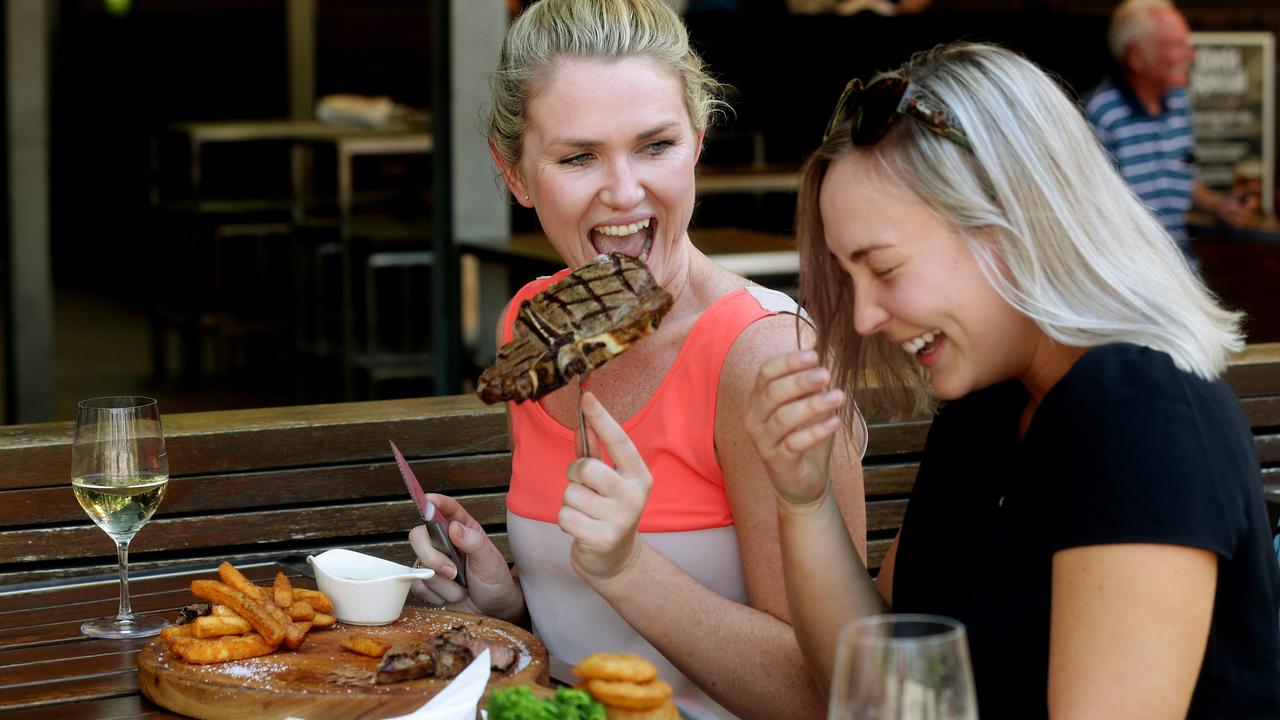The forgotten historic towns of Victoria that are worth seeking out
They were the towns built on gold rush glory and booming industries like timber in centuries past. Now you can explore the ruins, wonder at waterfalls and discover charming streets of Victoria’s forgotten towns.
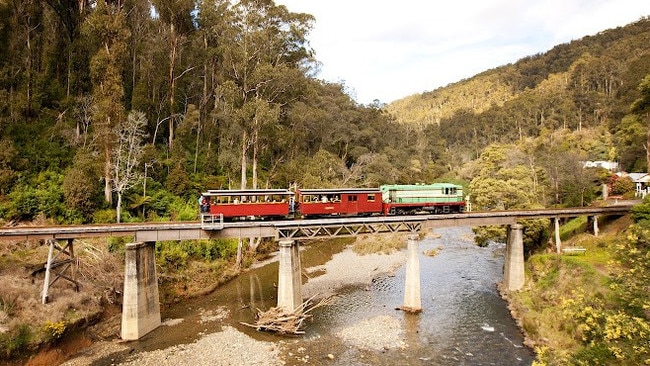
Melbourne is famous for its hidden gems, tucked behind nondescript corners and street frontages.
The Victorian countryside is similar. Its treasures may be plentiful but their true depth is not always evident to a passer by. More investigation is often needed.
Parks Victoria manager of heritage partnerships Paul Roser said there are many `lost towns’ in the state which are authentic vestiges of big towns set up mostly for gold mining in centuries past.
“They are cultural landscapes that offer an evocative and tantalising glimpse into past endeavours,” Mr Roser said.
“They show the struggle of working in remote locations and some are very poignant, especially the cemeteries which are often desperately sad when they tell a story about a child’s short life.”
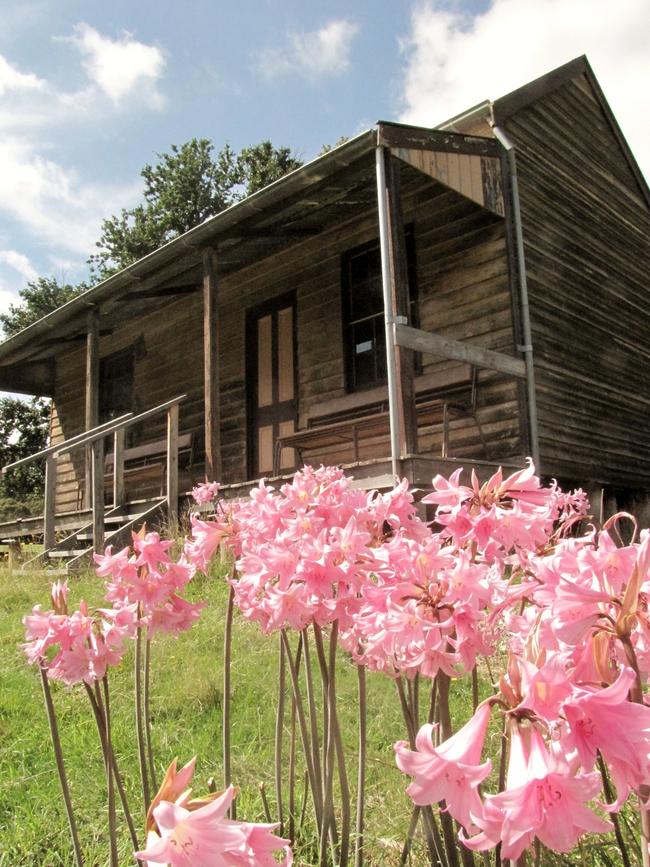
Mr Roser is responsible for managing more than 3000 historic places and objects around Victoria and he said these towns also show how long it takes the land to recover from the effects of mining.
Not all of the towns were former gold mining towns. Cambarville in the Yarra Ranges was a timber mill town, high in the mountains.
“Logging ceased there in the mid 1970s when the mill burnt down,” he said.
“These places help us to preserve our cultural history while also recognising a lot of environmental damage was done at the time.”
Steiglitz Historic Area
How far: 1 hour 15 minutes drive west of Melbourne
If a stroll around the well-signed and intact remains of a village from the past is your cup of tea, then put Steiglitz on top of your list.
With two churches, a former hotel, the blacksmith’s cottage and a courthouse remaining, it’s easy to step back in time here.
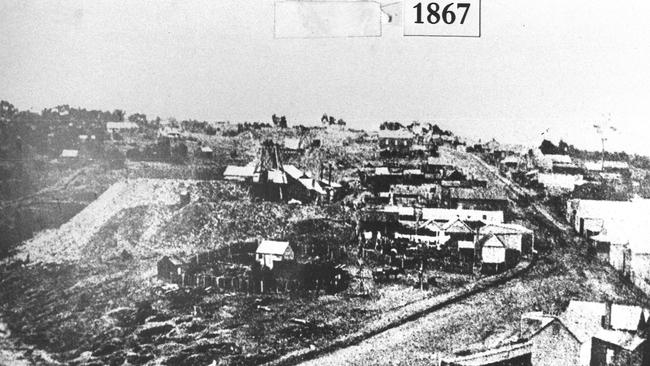

If you’re visiting on a Sunday afternoon check out the display of photographs, maps and relics in the courthouse to learn more about the mining history of the area.
Enjoy a bushwalk along some of the marked tracks, have a picnic, or even pan for gold in a section of the creek where it is permitted.
Read more about visiting Steiglitz.
Mount Alexander Diggings Trail
How far: 1 hour 30 minutes drive north west of Melbourne
A visit to the Castlemaine Diggings National Heritage Park and Maldon Historic Area is a great option for a scenic day trip from Melbourne.
The Mount Alexander Diggings Trail runs through these parks and surrounding countryside connecting settlements that were dotted across one of the world’s richest goldfields.
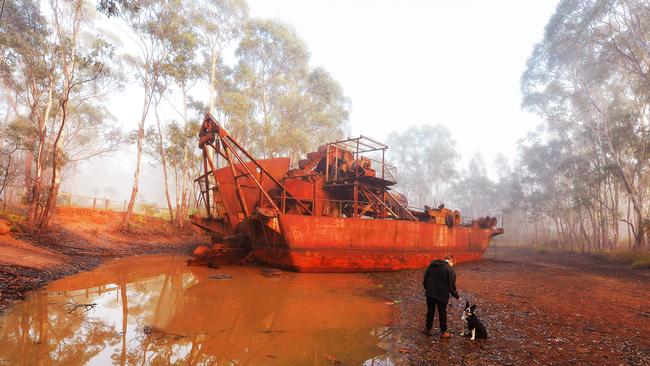
See a large intact water wheel, a dredge, headstones in a Chinese cemetery, a poppet head lookout with a sweeping view and the site of the Welsh Village, the vestiges of dozens of house sites and outbuildings located near the Nimrod Reef where mining continued sporadically from the 1860s to the early 20th century.
You can also enjoy the foodie and arts scenes in the thriving historic villages of nearby Maldon, Chewton and Castlemaine.
Read more about visiting Castlemaine Diggings.
More about the Maldon Historic Area.
Cambarville, Yarra Ranges National Park
How far: 2 hours 30 minutes drive east of Melbourne
Take a walk around the remains of this timber mill town high in the mountains.
See the remains of houses, sawmilling equipment and old stumps with deep cuts where tree fellers stood on fitted boards to progressively cut the trees down.
Then enjoy a circuit walk through the bush to see one of the tallest trees on mainland Australia, a well-crafted stone tunnel called Big Culvert, and the cascading Cora Lyn Falls. Cambarville was an active village right up until the mill burnt down in 1970.
It was also the place where the Leadbeaters possum was rediscovered, 40 years after it had been officially declared extinct.
More about visiting Cambarville and surrounds.
Eldorado Historic Area
How far: 3 hours drive north east of Melbourne
See one of the most outstanding and complete remains of a dredge in Australia.
You can walk out onto the dredge on the water and step inside it to imagine what it was like when it was operating back in its heyday.
Check out the Eldorado Museum in town, which is open on Sundays.
When you’ve finished here, head to nearby Beechworth to discover goldmining history, heritage architecture, shopping, accommodation, natural attractions, and a range of restaurants and wineries.
More about visiting Eldorado.
Whroo, Whroo Historic Area
How far: 2 hours drive north of Melbourne
The Whroo township was created to house the miners of the Balaclava open cut quartz reef gold mine.
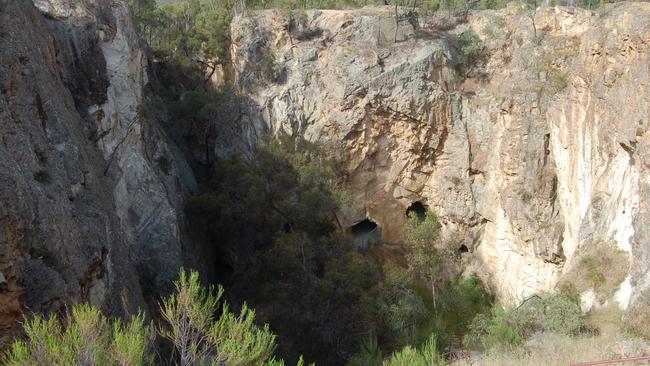
As you stand at the lookout viewing the gaping hole of the Balaclava mine, imagine the conditions miners would have battled as they dug their way deep into the earth in search of riches.
Whroo once boasted over 130 buildings.
Today walking tracks lead allow you to explore remains and mine workings.
Wander amid more than 300 graves in the cemetery, reflecting the harsh life on the goldfields last century.
More about visiting Whroo.
Walhalla, Walhalla Historic Area
How far: 2 hours 15 minutes drive east of Melbourne
This is perhaps one of Victoria’s best known historic villages, and was the last town in the state to be connected to electricity in just 1998.

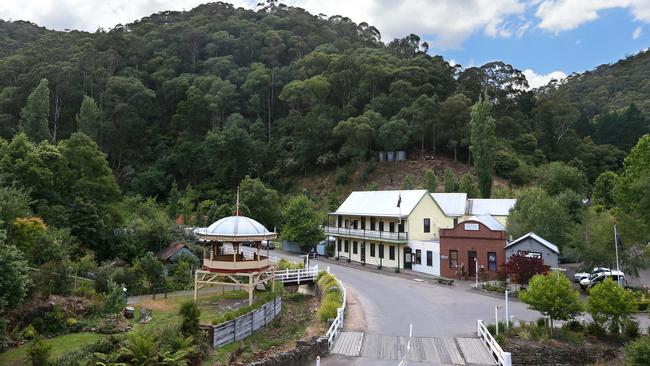
Nestled among the foothills of the Victorian Alps, this is a scenic township with much still to be seen and enjoyed.
A long main street of intact and well restored buildings awaits you.
You can camp in certain areas or even stay in accommodation and enjoy a meal.
Explore the town along gentle walking trails, take a steep walk up to the cemetery, visit the well-preserved interior of the old post office and imagine life living and working there, or even take a guided tour underground of the old Walhalla Gold Mine.
More about visiting Walhalla.
Howqua Hills Historic Area
How far: 3 hours 15 minutes drive north east of Melbourne
To really get away from it all, head for the hills and take a walk along the Howqua River to imagine life here first as a pastoral run in the 1840s, then when gold was discovered in the late 1800s and the population boomed.
See remains of the mining operations including the large chimney stack.
Camp beside, walk through and marvel at Fred Fry’s sturdy and beautiful high country hut, built to withstand the years and the elements.
Enjoy bushwalking, fishing, camping horse riding and Four Wheel Driving. You can even bring your dog.
More about visiting Howqua Hills.
Originally published as The forgotten historic towns of Victoria that are worth seeking out


